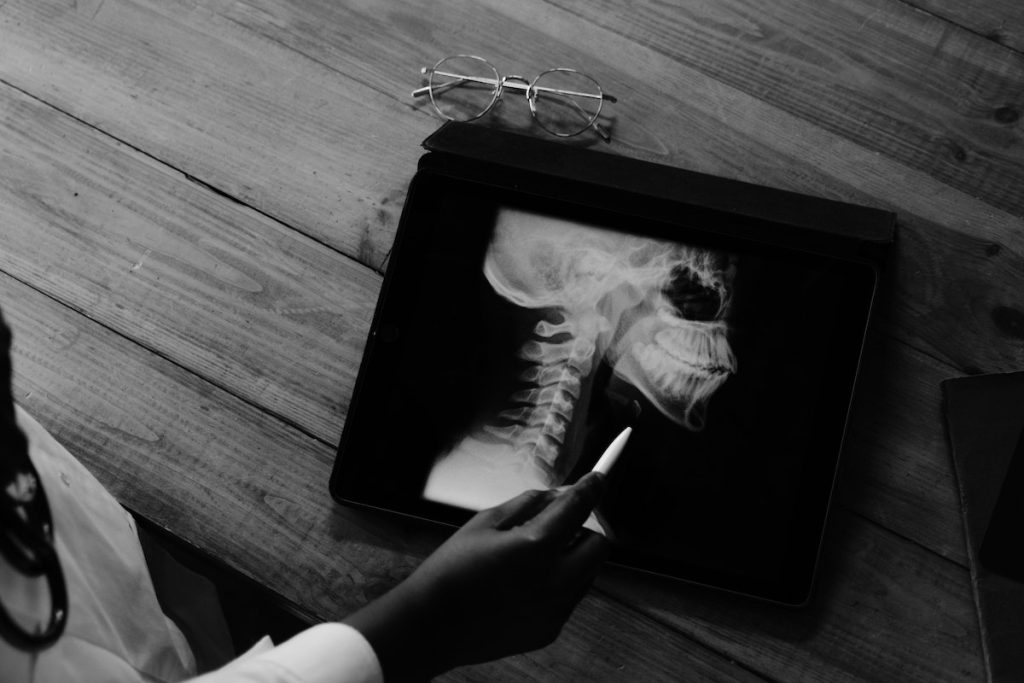If you ask any medical student or doctor what they think of technology in healthcare, you’re sure to get a wide range of answers. Some will tell you that tech is making things easier and more efficient than ever. Others will say that it’s causing more problems than it’s solving. But whatever their opinion, there’s no denying that technology has a major impact on doctor training.
Here are technologies transforming the way doctors train.
Online Learning Resources
Consumers use the internet to research everything from the best restaurants in their city to whether they have a cold or the flu. It’s no surprise that medical students and doctors are also turning to the internet for educational resources.
Numerous online learning platforms now exist specifically for medical students and doctors, offering courses on everything from medical ethics to the latest treatments for diseases. These platforms make it easy for busy medical professionals to find and take courses that fit their schedules and interests.
Online learning resources are changing doctor’s training by making it easier for busy medical professionals to find and take courses that fit their schedules and interests. These platforms make it easy for doctors to learn new information and keep up with the latest treatments and practices. Additionally, they provide a forum for doctors to discuss issues and ask questions, which can help them become better doctors.
Simulators and Virtual Reality
Virtual reality (VR) now made its way to various industries, including healthcare. Medical students can now use VR to get a realistic experience of what it’s like to work in a hospital.
Before, doctors needed to observe real experts’ surgeries to learn. This would often happen in an operating theater, where the student would stand behind a glass panel and watch the surgeon work. They will then need to remember what they saw and apply it during their surgeries.
Virtual reality solutions allow medical students to learn and experience medical and surgical procedures using innovative gloves, glasses, and other equipment. These tools provide haptic feedback in a realistic virtual reality environment, which is the sense of touch that allows you to feel what you’re touching in the virtual world. With VR, medical students can immerse themselves in a realistic hospital environment and get a first-hand experience of performing surgeries.

Studies show that medical students who use virtual reality (VR) technology to learn about human anatomy retain up to 250% more information than those who don’t use VR. It also makes it more convenient for doctors to learn at their own pace and replay sections they didn’t understand. This is why medical institutions now partner with reliable companies offering VR training technologies that can provide the right technology for training their doctors. When searching for a VR training tech provider, one only needs to research, check their licenses, and see which companies have already invested in their innovations to find a reliable one.
Wearable Devices
Wearable tech isn’t just for fitness fanatics anymore. Doctors are now using wearable devices to track patients’ vital signs, monitor their activity levels, and even provide remote patient monitoring.
This technology is changing doctor training by giving doctors new ways to monitor their patients’ health. It also allows them to quickly and easily share data with other medical team members. This, in turn, helps the team make better-informed decisions about a patient’s care.
Wearable tech is also changing doctor training by making it easier for doctors to keep up with the latest medical research. By syncing with a smartphone or tablet, wearable devices can provide doctors with access to the latest journals and articles. This way, they can make sure they’re providing their patients with the best possible care while staying updated on the latest medical advances.
For instance, the Apple Watch Series 4 has an FDA-cleared ECG app that can generate an electrocardiogram. This is a big deal because doctors can now use the watch to monitor their patients’ heart health. And, if there are any irregularities, they can quickly take action.
Artificial Intelligence
In the past, doctors had to rely on their own experience and intuition to make decisions about treatments and diagnoses. But now, they have access to artificial intelligence (AI) tools to help them make better decisions.
One example of an AI tool changing doctor training is IBM Watson. This tool can help doctors quickly find the best treatment for their patients by sifting through massive amounts of data. This is important because it means that doctors can now make decisions based on evidence rather than guesswork. And, as more and more data goes into Watson, the tool will become even more accurate.
According to reports, the AI tool managed to help doctors find the correct diagnosis for a Japanese patient whom they first diagnosed with acute myeloid leukemia. About 10 minutes after entering the patient’s profile, the machine gave the right diagnosis, a rare leukemia form. This example shows just how powerful AI can be in helping doctors to save lives.
Technology is transforming how doctors train in many ways, from providing more online learning resources to reducing the time it takes to find the proper diagnosis. While some physicians may resist change, there’s no denying that tech is here to stay—and it will only become more prevalent in healthcare in the years ahead.

